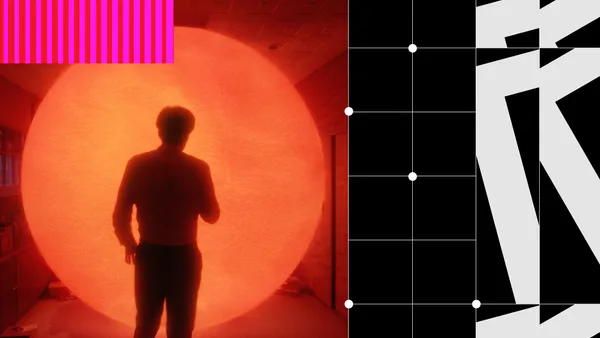Editor's Note: The following is a guest post from Kevin O'Reilly, CTO of TVSquared.
Although we have a few days left before the clock strikes midnight to 2018, we're reminded of the traditional Scottish poem-turned New Year's Eve celebration staple, "Auld Lang Syne," when it comes to the TV ad industry:
Should auld acquaintance be forgot,
and never brought to mind?
Should auld acquaintance be forgot,
And auld lang syne?
Certainly, technology has continued to make TV advertising a good investment. But for TV campaigns to succeed, it's critical that those "auld acquaintances" — and tired prognoses — about TV advertising be gone for good so marketers can better focus on the innovative strategies that will evolve the channel going forward.
Take the 'death of TV' out of the narrative
Yes, we're living in a digital age. Yes, it's opened up a plethora of opportunities for advertisers. But it doesn't signify the "death of TV" (although I'll admit that makes for a sexy headline). The reality is that the average American still watches four-plus hours of live TV a day; even millennials devote at least 12 hours a week. TV still accounts for the majority of video viewing time and is still the most effective marketing channel for advertisers — by far.
TV is not dead, so let's move on.
The other sensational headline is around the demise of cable TV. "Cord-cutting," however, has been a slow-moving trend and cable programming draws viewers. A 2017 J.D. Power study shows that the percentage of consumers who say they plan to "cut the cord" over the next 12 months has dropped to 8% this year, from 9% in 2016. Cable TV is alive and kicking in 2017, but the industry needs to be consistently innovating around the needs of today's viewers.
Put programmatic TV into the narrative
We can all agree that the "Holy Grail" for TV advertisers is delivering targeted content via programmatic. Estimates even put TV's U.S. programmatic ad spend at a staggering $4.43 billion by 2018.
Still, it'll be important for broadcasters to continue relinquishing control over content and inventory, addressing fast speeds for broadcast transmissions and taking a look at privacy concerns for viewer data. With programmatic TV, the industry has certainly changed the game.
Eliminate TV ad waste for good
2017 saw advertisers make wide-net TV advertising a thing of the past. By becoming more motivated to prove TV's ROI, brands and agencies started leveraging data analytics to determine the networks, programs, days and genres proven to generate response.
After we have a chance to see how this year's upfronts got on, it'll be interesting to see advertisers utilize more flexible buying options like scatter and clearance to more readily optimize TV in-flight. Their motto? Make TV budgets work smarter and harder to get attributable sales.
Perfect the art of the feedback loop
When most TV viewers see something that interests them, they're highly likely to immediately engage with a brand via second-screen devices that are already in their hands. This creates a feedback loop, a process of action-information reaction that guides brands and agencies in their advertising efforts — a big trend we saw in 2017.
Recently, AMC started selling 6-second TV ads for "The Walking Dead." These types of shorter spots incorporate stronger calls-to-action to track consumers across mediums and devices — even months after initial TV exposure.
Initiate cross-channel collaboration
Unfortunately, most marketing dollars are spent in silos, resulting in offline/online teams never getting a holistic view of what's working and what's not. In 2017, we saw many brands move away from this old-fashioned way of thinking and start looking at cross-channel collaboration. Through the use of mix-model marketing that's evolved into an easier, faster and more economical process, formerly divided teams are more seamlessly and frequently working together. They're better understanding consumers' media consumption, identifying how online and offline channels work together and finding the most complementary media mix models to drive response.
To be sure, the flurry of activity that's occurred in the TV advertising space in 2017 has been game-changing. We expect to see further innovation in 2018 that supports the needs of today's TV viewers as we sing "Auld Lang Syne" to the strategies of the past.














